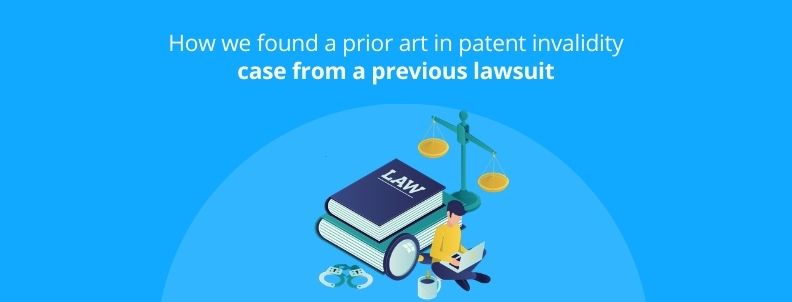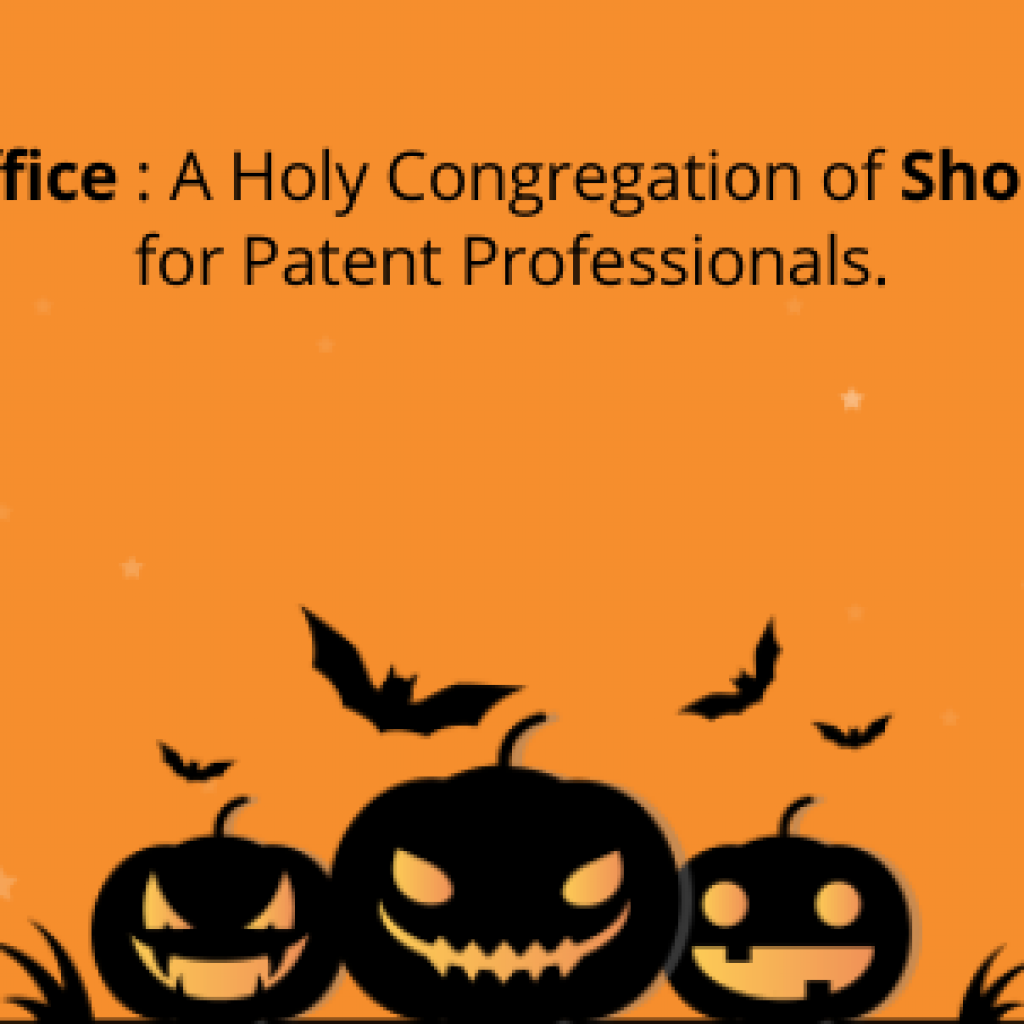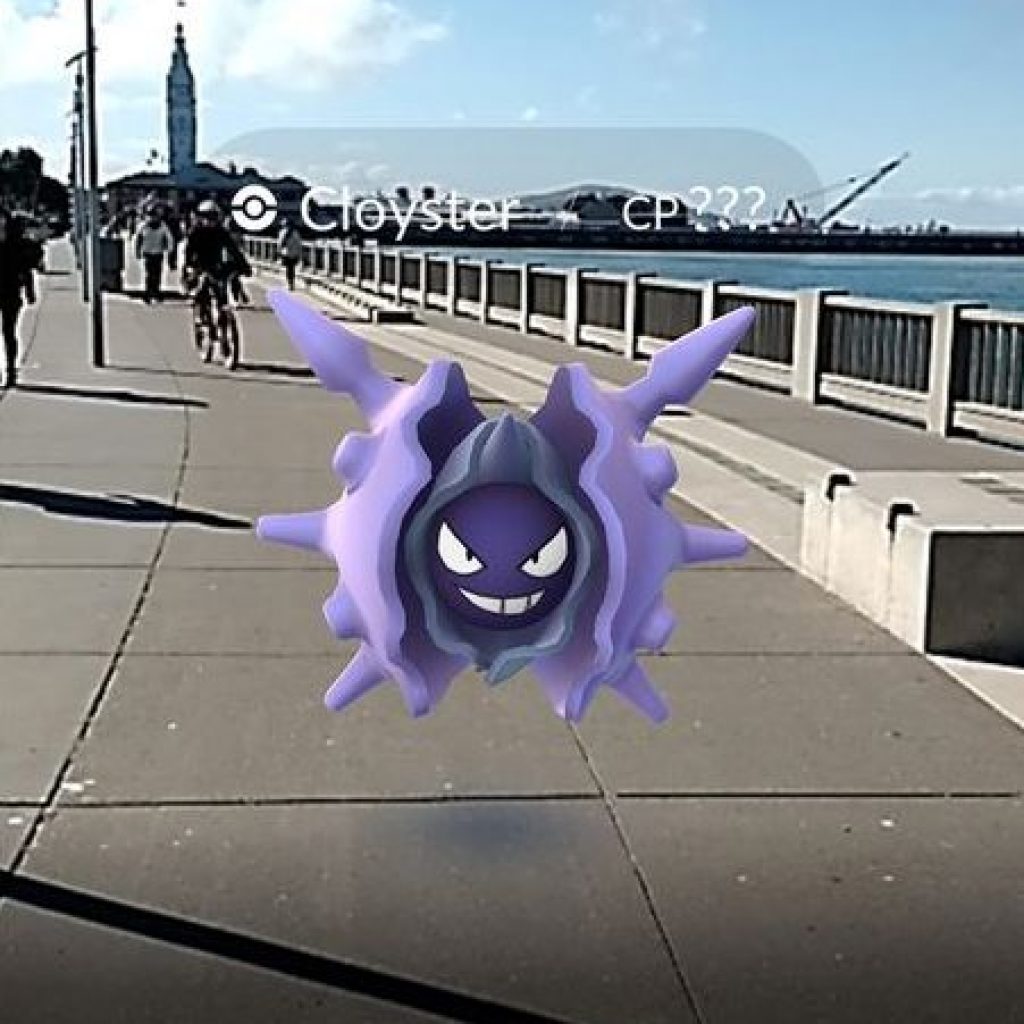Has this ever happened to you during a litigation grade search that you found prior art in complaint documents? Yes, those very documents which in a previous infringement lawsuit was used to invalidate the claims of a patent?
Not yet? Grab a cup of Joe as today I’ll narrate the tale of how we found and used a litigation document as valid prior art.
Our client was challenged with a patent infringement lawsuit
Quolo Corp*, our European client for years, was facing a patent infringement suit filed by Broc* Ltd. (we took their permission and changed their name as they were ok with sharing the learning of the case with the IP community).
Quolo followed the most opted route that any company would follow when they are sued for infringement – get the plaintiff’s patent invalidated. They asked us to conduct a patent invalidation search to invalidate the claim(s) of Broc’s patent.
However, the real challenge was the limited time frame at the client-side to respond back to the notice. When we receive the subject patent from the client we spend some time understanding how much effort would be required. Every patent is different and requires a different effort. Therefore, we always make sure to check if we have worked on similar technology in past and can quickly reach the key developments that happened as the industry grew over time.
We also execute a few broad search strings to understand how many patents we may have to review to perform an exhaustive search to find an X result. In this case, we found that we would have to analyze ~3000 patents before we can say we have done a good search. 3000 patents are going to take us around two to three weeks.
The client gave us a deadline of two weeks, and with complex claim construction and easy technology, we were aware that it is not going to be an easy task. Yes, it is more difficult to find prior art for an easy technology.
To be honest, sometimes I wonder why the majority of the projects we deal with do not fall under quickly-identified-X-reference spectrum. If prior art searches are battles, we are at constant war with the mission to find prior art irrespective of how difficultly located it is.
Over a period of time, we have been told that we should think of ourselves like soldiers and I like to imagine prior art as terrorists. It is pretty visual but this helps me focus better when I am on job.
Now, the first step to win any battle, irrespective of the enemy, is to do a thorough groundwork. The same goes for patent invalidation search.
The first step to Patent invalidation – Understanding the patent
This patent revolved around the notification center of a mobile phone. The one that we see on top of our mobile phone screen. Now, to use the notification bar the user has to tap and drag it downwards. Once, the same gesture completes, the user can view the short description of their recent messages.
The below screenshot can help better understand this.

As easy as it seems, this is an instance of a very tricky case irrespective of the fact that the prior art lies in patents or non-patent literature. Let me tell you why.
The priority date of the patent was in 2008. We began the search from the first introduced smartphone in 1996 to the trendsetter 2007 touch screen smartphones. We tried to form a timeline of how the technology evolved over time and grabbed the knowledge about operating systems – iOS, Palm, Symbian, etc. of that period. The closest we could identify was tap and drag the window feature whereas we needed a hidden curtain-type configuration.
It had already been a couple of days, and I realized this case was not going to be a cakewalk.
The Groundwork was done, it was now time for the search mission
During searches, whenever I feel stuck, I like to look at the case from a different perspective. I thought this through for a few minutes and jotted this down in big bold letters.
Goal – Find prior art for the subject patent that the examiner had missed.
I had to go conventional first, so I started with a keyword-based search.
I restricted the key strings to focus on reviewing the results before the priority date. Moreover, while going through the results we were closely observing how technology evolved before and around the priority date.
CMO’s Note: Want to read an interesting case where we found the prior art by following-up a lead that was published after the priority date, click here – How we used literature available after the cut-off date to find X references?
During this search, we observed that there are large numbers of publications from Samsung, LG, Google, Apple that talk about dragging of the mobile phone icons or alerts. So, in our initial search, we look for publications from these companies on priority. A targeted search.
We started analyzing all these smartphone companies including their patent and non-patent literature. These searches included inventor search, assignee based search, citation-based search, semantic search, classification search, and search within product literature of all the top smartphone companies.
This search revealed that HTC and Apple’s patent literature looks weak on the features of “Dragging gesture”. There was no overlap found in any other companies except one – Blackberry. Its patent application discussed the hidden drawer which expands downward with click (i.e. seems similar to dragging manipulation). It was the kind of prior art we were searching for and seemed like a good reference for fulfilling our objectives. But there was still a bump on the road.
The identified prior art was short of a novelty element
While all the claim elements were covered, however, the novelty element was missing from it – drag down to view notifications using gesture.
The Blackberry application mentioned that one can use the trackball or the pointing device to view the notifications. But there was no mention of dragging using fingers or even touchscreen.
Also at this point, we had spent around 70% of the allotted timeline. We had exhausted all conventional search strategies in patent and non-patent literature. However, based on what I had studied until now, I had a hunch that Blackberry should have done something similar. So, we thought to do a deep-dive on Blackberry. Their literature implies that their internal R&D team was working on an advanced user interface and had already spent a lot of time thinking about how to engage with a user through various types of gestures. So it was very difficult for me to convince myself that they would have not thought about users interacting with the interface using the touchscreen.
So, I started watching all the videos, related to Blackberry phones and their interface, available on the Internet. The results showed Blackberry’s smartphone features like the static status bar in Torch and Curve series. However, this feature was not relevant to our subject patent. The challenge seemed even greater at this point as we had the closest reference but a Tier 1 is still hidden. This was my race against time. I had already downed 5 cups of coffee and there were just two days left before I sent in the final report.
I started reflecting on the approaches I have followed and any other viable options that could be covered, within a couple of days. Suddenly, a question popped into my mind – What if Blackberry is using the same terminology in product literature as they did in the patent application?
It then occurred to me that Blackberry’s application mentioned dynamic bar as a keyword, so I thought why not to understand the meaning of this vocabulary and use this keyword to look in non-patent literature.
Not wanting to limit my search to any particular database or format, I ran this string on Google without any date restriction with the curiosity of knowing: In the present scenario – What is Blackberry doing with this technology? Are they still using the same terminology?
Blackberry “dynamic bar”
Right on the second search result, I landed on an article covering the litigation suit between Blackberry and Blu, which directed us to a compliant document.
When a complaint document helps you build a strong case
A complaint document a.k.a litigation document (something that’s filed against a company that is infringing on the subject’s invention) is not the kind of prior art you witness daily.
However, the complaint document filed by Blackberry against Blu (in another litigation suit) changed the whole course of this project. Why so? Well, the document revealed the dragging option that we were in pursuit of to build a strong case.
It was mentioned in the document that –
In order to see the details about any notifications you can pull down the notification bar like a drop-down curtain, just slide your finger from the top of the screen downwards.

Source – Complaint Document
How did this document help?
Remember the closest patent application I earlier found as a reference to invalidate the patent? Well, the granted patent that I discovered from the complaint document was the granted version of the same application I was referring to.
With a sigh of relief and little butterflies of excitement, the whole team chose to go with the patent application and the complaint document. With them together, we were able to provide a Tier 1 result as the support from the complaint document added more value to it that evidently mentions the expansion of the dynamic bar as a dragging gesture.
All the claim elements of Broc’s patent were overlapping Blackberry’s claim elements now and Broc’s patent could get easily invalidated. We conveyed the same to our clients at Quolo and they were more than happy with the approach and the results.
Concluding Notes
Though the concept of the prior art is quite developed and well known, yet not many have been able to change their perspective towards different approaches to find it. I recall that I was trained to always keep an investigative approach in mind so that my brain is not focused on processes or strategies. I was trained to follow leads even if it requires deviating from the standard process. For example, in this case, one might have overlooked the previous infringement lawsuit documents, we took a different turn and found a Tier 1 result.
All that being said, if you have a limited time frame and/or a really complicated patent to invalidate, you can rest assured we can find the prior art for you. Want to know more about our search approach before giving us a try? Read more
Convinced already and want to work with us.
Authored by: Jashanjit Kaur, Infringement.










